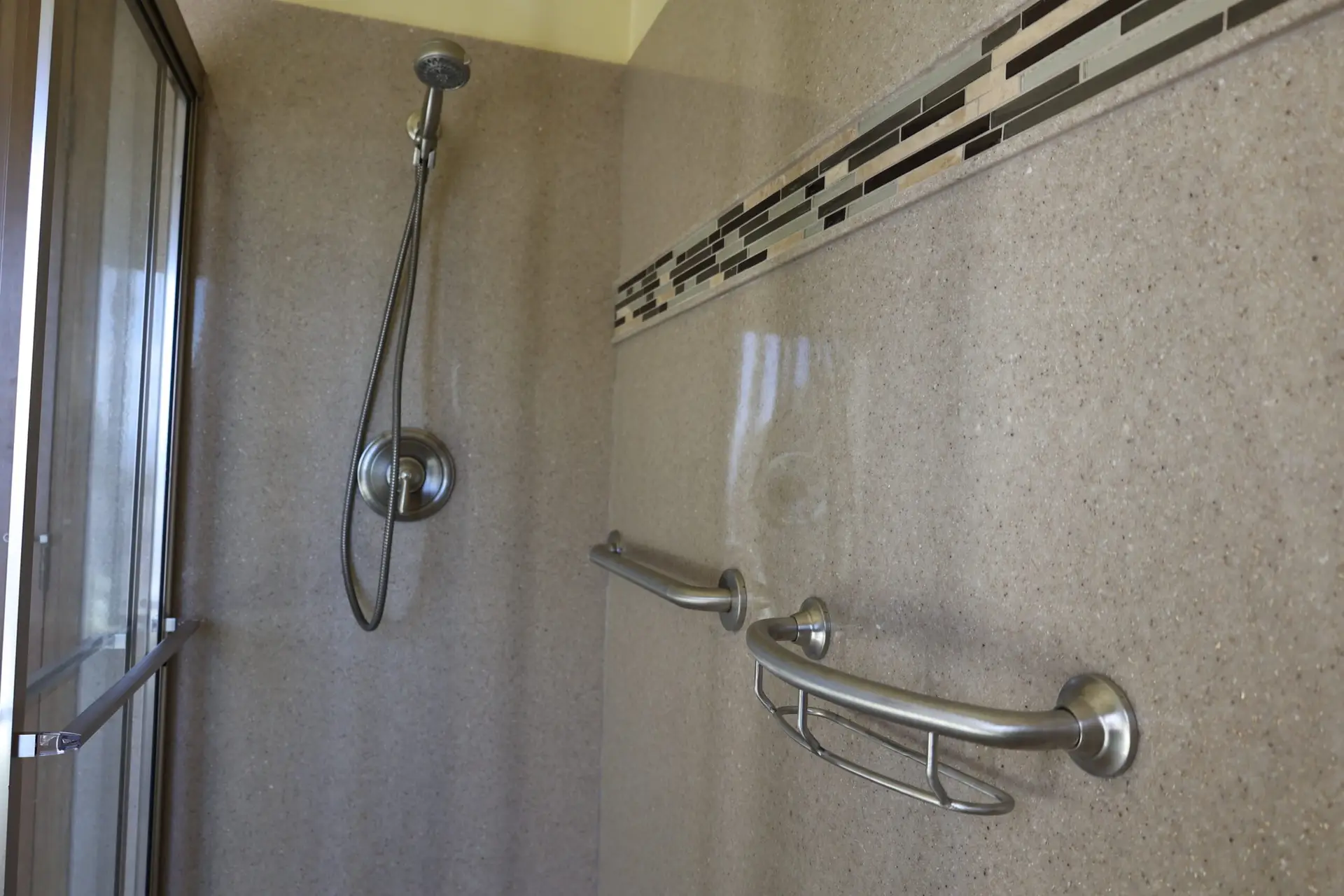Albuquerque Specialists Explain the Differences Between Urinals, Toilets, and Partitions
Most of us can walk into our home’s bathroom and quickly identify each fixture in the room. But, when walking into a public restroom, we may not know the names of the fixtures in these rooms, much less what these fixtures are for.
That’s why Yourson Construction in Albuquerque wants you to walk into a public bathroom knowing the differences between urinals, toilets, and partitions.
What’s a partition?
You may know the difference between a toilet and a urinal, but do you know what a partition is?
Partitions are the walls and doors that separate toilets and urinals. Each state has building codes that dictate partition installations.
The function of partitions is to provide privacy.
Types of Partitions
Standard
Typically seen in the United States, these partitions have a 12-inch gap at the bottom with small gaps between the walls.
European
These partitions have a much smaller gap at the bottom and do not have small gaps around the walls. They sometimes connect to the ceiling and resemble an enclosed room.
Single Use Rooms
These are completely enclosed and don’t contain any gaps.
Configurations
Configurations are dependent on state regulations and the needs of the business. More extensive facilities with larger numbers of people will have more stalls than smaller venues.
Standard: This configuration is most commonly seen in the United States.
ADA-Compliant: These partitions are configured to create a larger space around the toilet and are made to be wheelchair accessible.
Alcove: This oversized stall stretches from one wall to an opposite wall. These types of partitions are usually used as ADA-compliant stalls.
In-Corner: This stall is located in a corner.
Between Walls: This reference is used more for hardware identification. It means the stall is located between two walls.
What’s a urinal?
Urinals are fixtures installed on walls to collect and flush urine. These fixtures accommodate men by allowing them to stand while urinating.
In general, there are four different types of urinals.
Manual: This requires the user to flush the urinal manually. A button or lever is usually placed above or below the urinal to engage flushing.
Automatic: This fixture is fitted with sensors that recognize when the urinal has been used. It flushes once the user is done.
Timed: This fixture flushes at prescribed intervals.
Waterless: Waterless urinals use gravity, and not water, to dispose of urine.
Urinals come in many different styles. Individual urinals may be divided by partitions, but not always. A trough-style urinal looks like a long sink with no partitions. Some styles are variations between individual and trough styles.
What’s a toilet?
This is the easiest fixture for most of us to identify since most homes use toilets as a means to dispose of urine and waste.
A toilet is a fixture consisting of a water-filled bowl with a seat attached and is used for people to urinate and defecate. Toilets can be flushed manually or have sensors that enable them to flush automatically after use.
Restrooms with more than one toilet in a public facility will have these fixtures enclosed by partitions.
Yourson Construction knows all about urinals, toilets, and partitions in Albuquerque. We ensure all codes and regulations are followed when installing these fixtures in homes and commercial buildings.
Contact us today to discuss the kinds of fixtures that best suit your facility’s needs.



